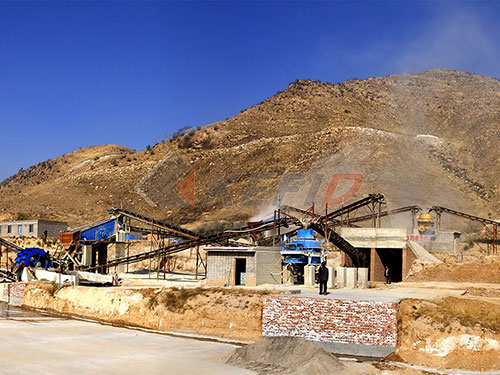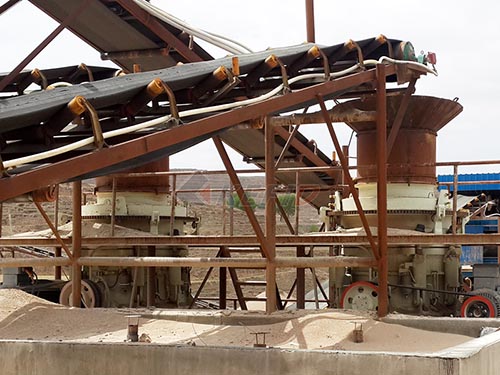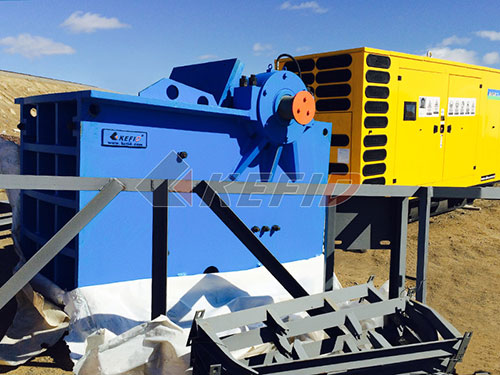Beyond the Schedule: Mastering Maintenance Intervals for Crusher Longevity & Peak Performance
The relentless roar of a crusher is the heartbeat of many industries – mining, aggregates, construction, quarrying. These mechanical titans transform mountains of raw material into valuable, usable products. Yet, their formidable power belies an inherent vulnerability: wear and tear. Like any complex machine subjected to extreme forces and abrasive environments, crushers demand meticulous care. The cornerstone of this care? A well-defined, rigorously followed maintenance interval strategy. This isn’t merely about ticking boxes on a calendar; it’s the strategic lifeline ensuring operational continuity, maximizing productivity, safeguarding capital investment, and protecting personnel.
Why Intervals Matter More Than Just Downtime
Neglecting maintenance intervals is akin to playing industrial Russian roulette. The consequences cascade far beyond a simple repair bill:

1. Catastrophic Failure: A seemingly minor issue – a dry bearing, a cracked liner unnoticed – can escalate rapidly under crushing loads. Sudden bearing seizure, shaft breakage, or structural damage leads to extensive downtime (days or weeks), astronomical repair/replacement costs (tens or hundreds of thousands), and potential collateral damage to surrounding components.
2. The Insidious Cost of Gradual Decline: Even without catastrophic failure, deferred maintenance erodes performance. Worn liners reduce crushing efficiency and increase power consumption. Misaligned drives cause vibration and premature wear on belts and motors. Leaking hydraulics sap power and create contamination risks. This “silent thief” steadily increases operating costs per ton produced.
3. Compromised Safety: Loose bolts on heavy components, degraded guarding due to vibration, hydraulic leaks creating slip hazards, or unexpected component failure during operation pose significant risks to maintenance personnel and operators.
4. Unpredictability & Planning Chaos: Unplanned breakdowns wreak havoc on production schedules, delivery commitments (costly penalties!), and downstream processes relying on consistent feed material.
A proactive interval-based strategy directly counters these threats by systematically identifying and addressing wear before it becomes critical.
Demystifying Maintenance Types: Building the Interval Framework
Effective crusher maintenance isn’t monolithic; it’s a layered approach combining different philosophies executed at specific intervals:
1. Preventive Maintenance (PM): The Scheduled Backbone
Concept: Performing specific tasks at predetermined intervals (time-based or runtime-based) before failure occurs.

Core Principle: Replace wear parts predictably;

Leave a Reply